Another tool to reduce Climate Change: Afforestation

When discussing the various ways in which we can mitigate climate change and help heal the planet, reforestation is a popular suggestion.
Reforestation is the natural regrowth or intentional planting of trees in existing forests and woodlands which have been depleted. Reforestation is often used as a way to remediate the negative effects of deforestation or clear-cut logging.
For example, tropical forests in Latin America face extreme deforestation due to logging, agriculture, and livestock grazing. Replanting native tree species within these areas helps to conserve habitat for wildlife species and also helps stabilize the climate by increasing the removal of CO2 from the atmosphere by trees.
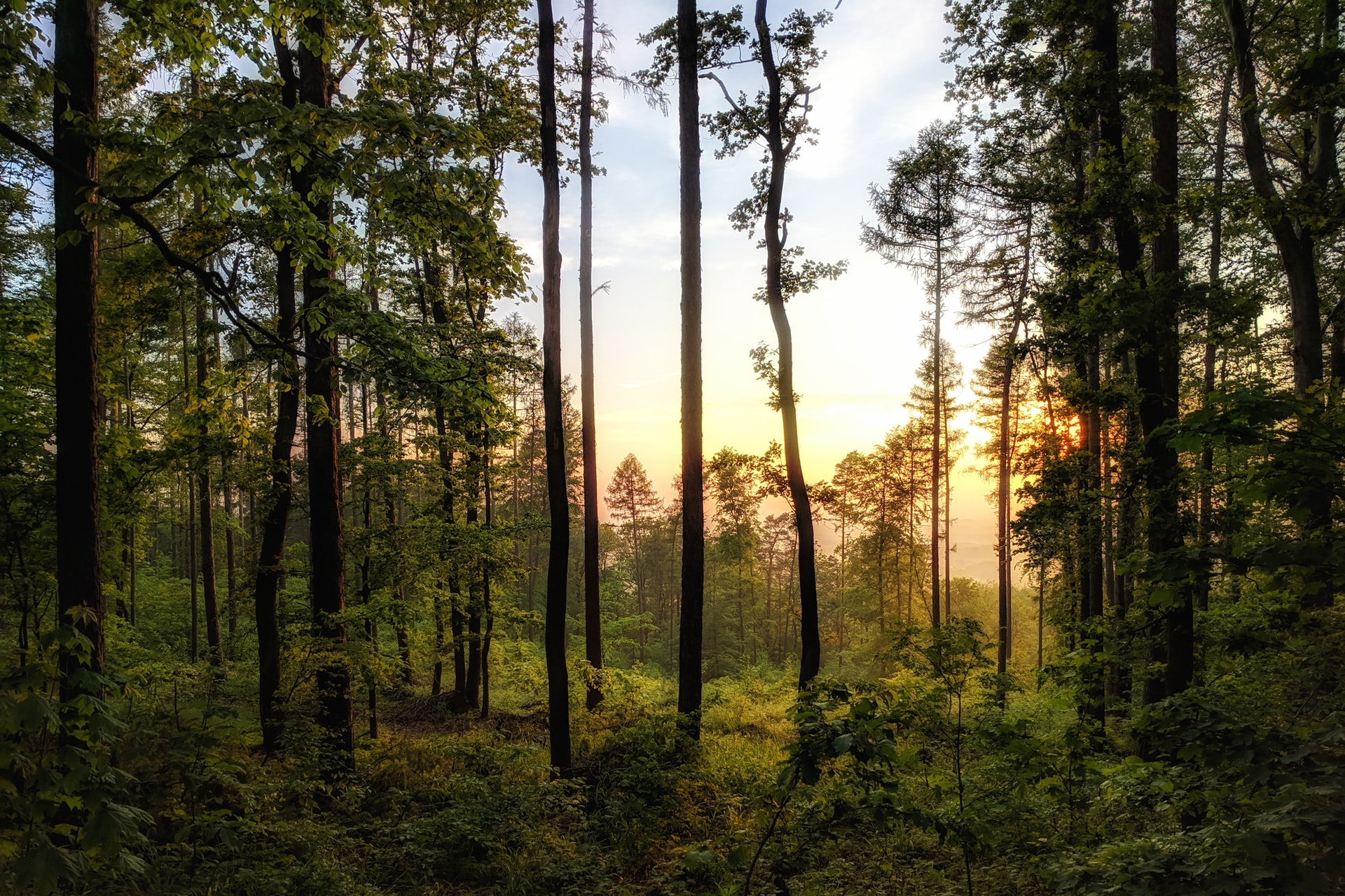
Trees have the potential to significantly impact the health of our planet (read all about why we need to celebrate trees here), so we shouldn’t shy away from climate solutions which utilize these magnificent plants! Yes – reforestation is one answer, but did you know that there are other ways out there which employ trees and forests to mitigate climate change?
In addition to reforestation, we also have a strategy called “afforestation”. Although reforestation and afforestation sound similar, they are actually quite different. Instead of planting trees within pre-established forests and woodlands, and in places where trees have been removed, afforestation is the process of planting trees in an area where there was no previous tree cover. Basically, afforestation is used to create entirely new forests!
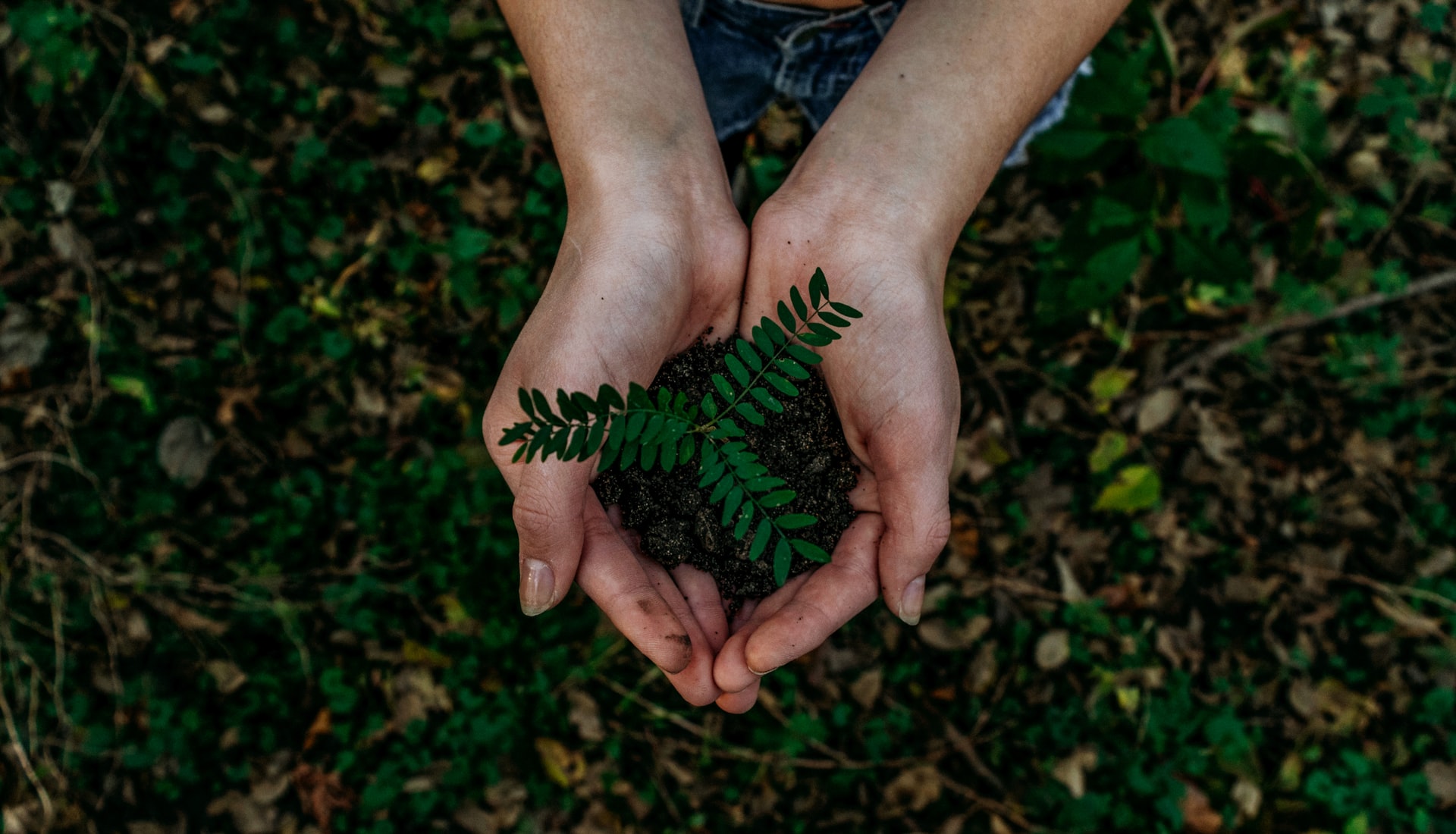
Why are trees and forests climate change solutions?
The main cause of climate change is an amplification of the natural greenhouse effect of the Earth’s atmosphere. Gases in the Earth’s atmosphere, such as carbon dioxide, act like a greenhouse’s wall by allowing the sun’s heat to penetrate the atmosphere, warming the Earth but then also slowing it down before that heat reradiates into space. As a result, the Earth warms up, and it is essential that we have this warming greenhouse effect.
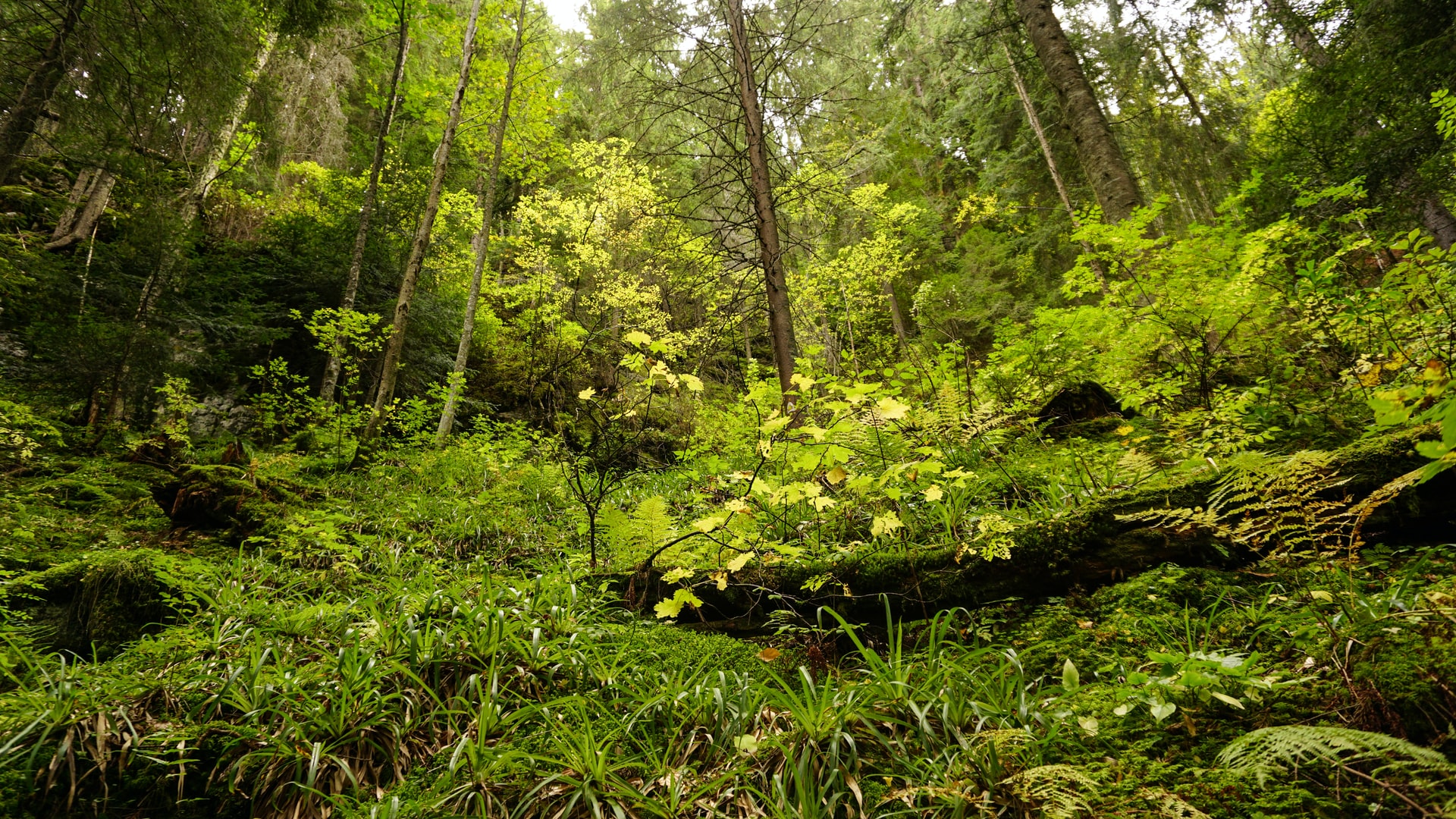
Without the natural greenhouse effect of our atmosphere, the Earth’s temperature would drop from an average 14°C (57°F) to an average of -18°C (0°F), which believe me, as someone living on the Canadian prairies knows all too well, is quite a difference. However, the addition of more Carbon Dioxide and other greenhouse gasses to the atmosphere due to human activity, this greenhouse gas effect has been amplified, and as we are witnessing, the global temperature is rising as a result.
The human influence
While many greenhouse gases occur naturally, human activity has resulted in an undeniable increase in carbon dioxide and other greenhouse gas emissions, such as methane, and nitrous oxide. In order to mitigate climate change, it is important not only to reduce emissions, but to also work to actively remove carbon dioxide from the atmosphere as well.
The excess warming of the atmosphere due to these additional greenhouse gasses is already wreaking havoc on our climate systems, weather patterns, biodiversity, and more. The record-breaking temperatures recorded in Canada in the summer of 2021 are just one example among many that have seen weather patterns change. We are now at ever increasing risk of forest and wild fires, floods, unseasonably warm winters, melting glaciers and permafrost, and changing ocean temperatures and currents.
Trees are the natural solution!
Although researchers and engineers are developing systems to remove carbon dioxide from the air, this is an engineering feat that is far too great for us to accomplish without the help of nature. And green plants, such as trees actually provide us with an all-natural method of reducing atmospheric carbon dioxide. Trees are built to capture and store carbon!
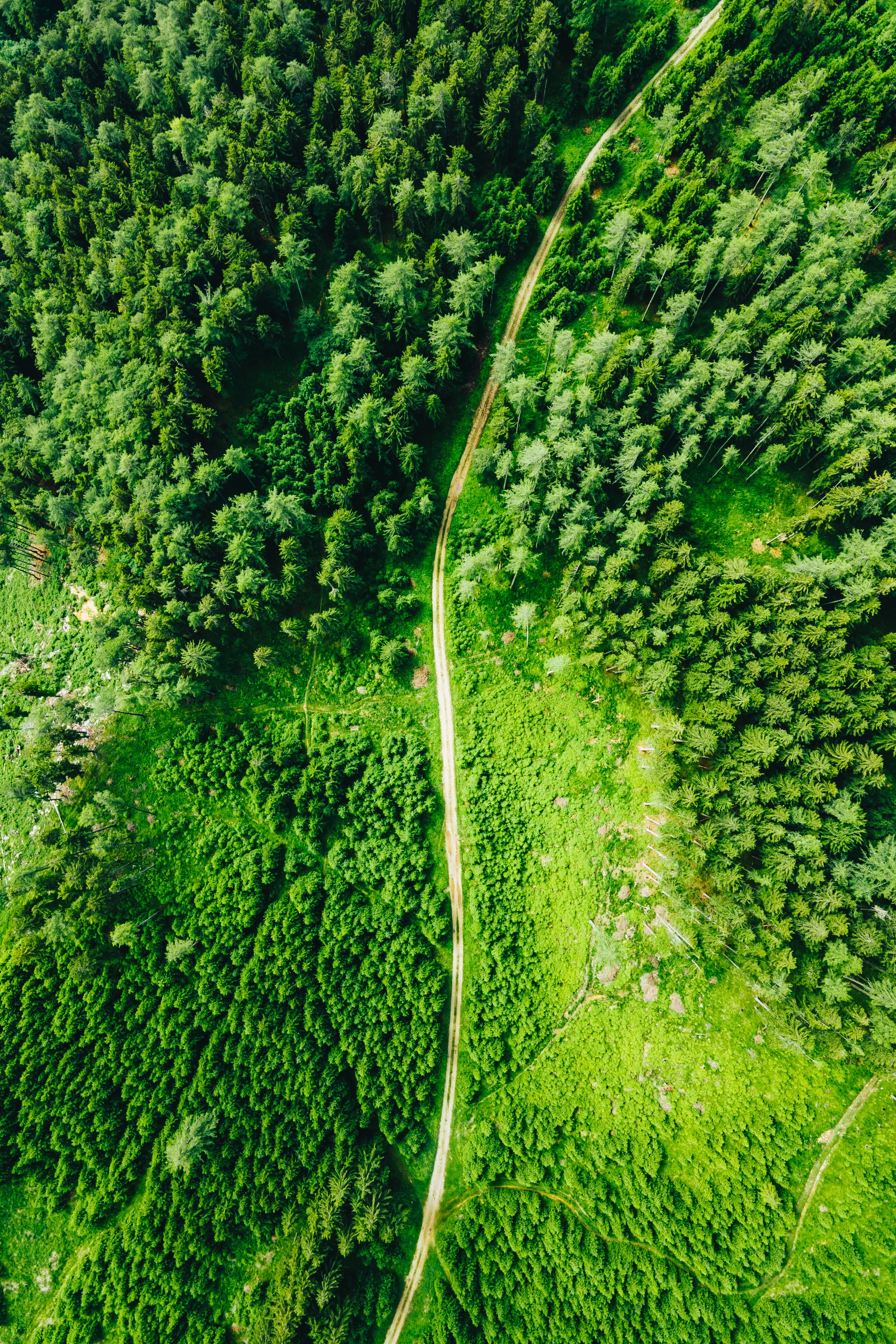
Trees are able to capture carbon dioxide from the atmosphere and transform it into to biomass through the process of photosynthesis. This is why forests are so important! Forests can be thought of as carbon sinks because they accumulate and store carbon, therefore lowering the concentration of carbon dioxide in the atmosphere and reducing the greenhouse effect.
The power of afforestation
Aside from increased carbon sequestration, afforestation also provides other positive environmental impacts which can be used to increase the health of various locations and ecosystems. For example, afforestation is particularly beneficial on barren lands.
This is because trees have the ability to transform ecosystems in terms of their form and function. For one, trees prevent soil erosion by acting as wind barriers and capturing and storing rainfall in their canopies. Since topsoil is the most fertile component of the Earth’s soil, it is important to prevent it from being blown or washed away.
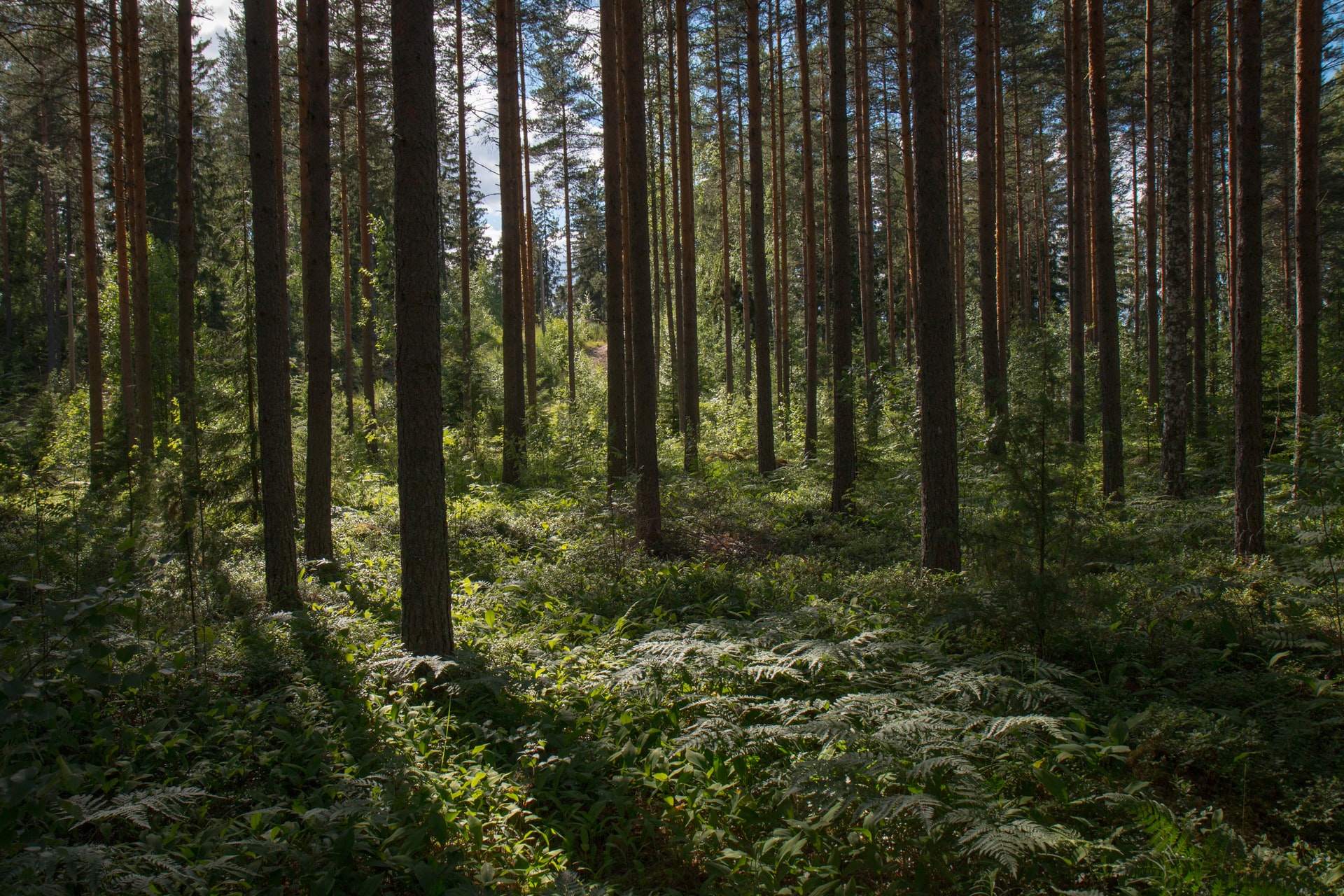
In addition, planting trees has proven to transform arid and semi-arid areas due to the fact that places with more trees experience more frequent rain. A study published in the journal Proceedings of the National Academy of Science shows that the southern Amazon rainforest triggers its rainy season by using water vapour from plant leaves which forms clouds overhead.
Let’s not forget that trees are also great at improving air quality! Tree leaves are able to remove common pollutants from the air through their stomata – tiny pores or openings in the leaves that allow for gas exchange.
China’s afforestation efforts
Afforestation takes place all over the world. But there is one country in particular which has made a commitment to planting new forests.
China has the highest rate of afforestation in the world. Between the years 1990 to 2015, China has planted 79 million hectares of new forest. According to the Chinese government, this ongoing project has resulted in the planting of more than 35 billion trees, costing the equivalent of over 100 billion U.S. dollars.
A number of different projects have contributed to this mass tree planting. For example, a World Bank-financed project has been helping to control desertification in several cities and counties in Ningxia, located in northwestern China.
This project has been quite successful. In Lingwu county, afforestation replaced approximately 6,667 hectares of desert thanks to a planting technique which has allowed a 70% survival rate of all planted materials.
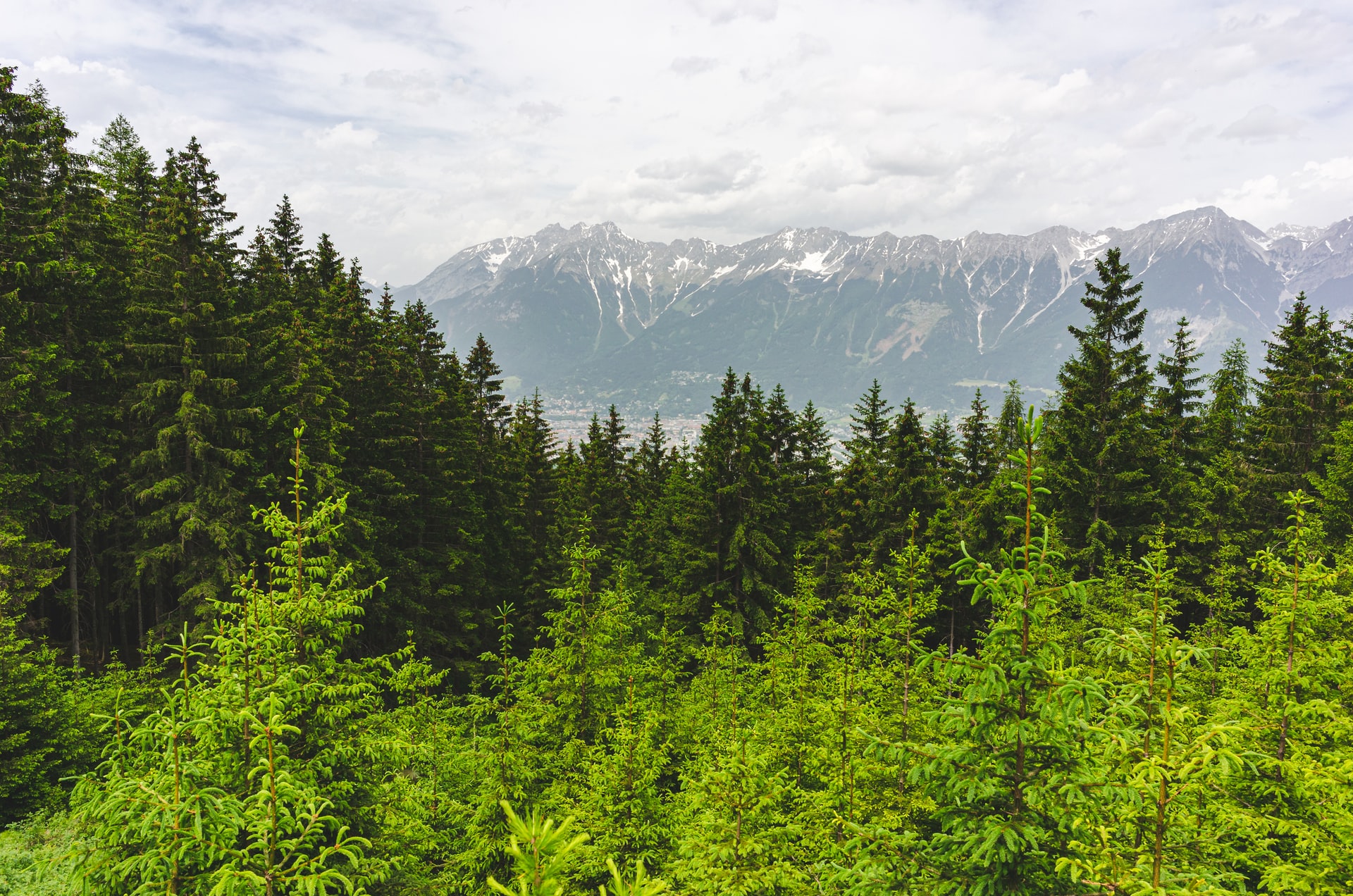
When we consider our relationship to the land, and how to repair the impacts of human-induced degradation, we should consider going beyond band-aid solutions. We need to look at getting to restoration of functioning, healthy ecosystems, and afforestation may be a part of the solution.
Stay connected with news and updates!
Join my mailing list to receive the latest news and updates. Your information will not be shared.

